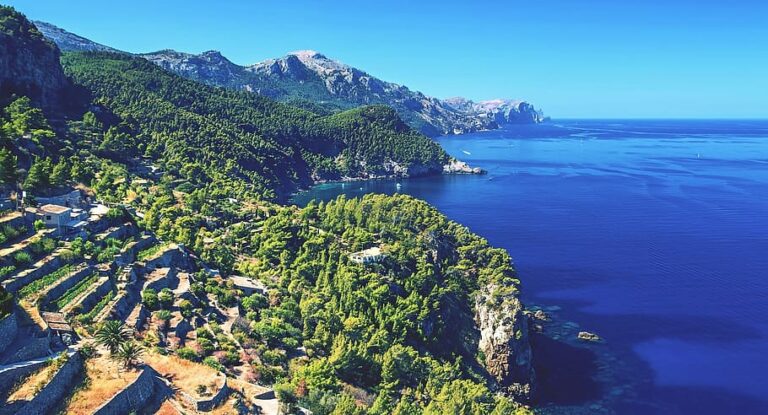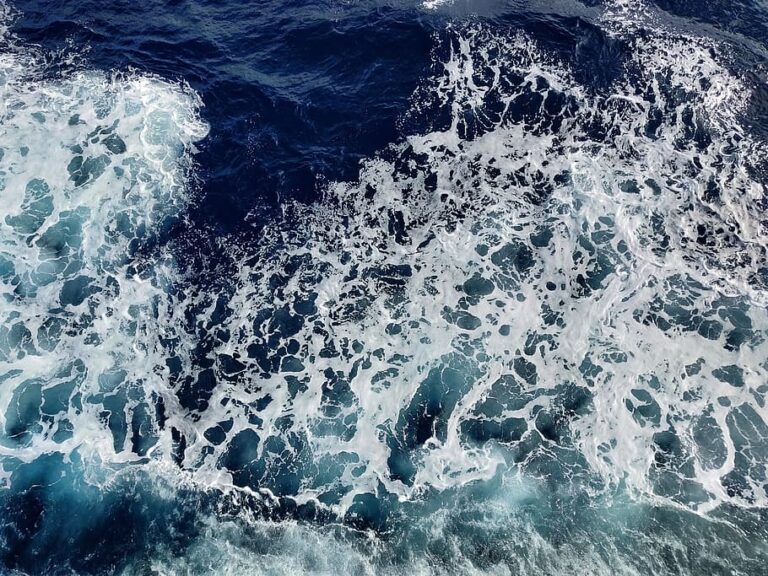The wind & current system of the Mediterranean Sea

WEATHER AND
Wind.
The Mediterranean Sea, spanning three continents and multiple climatic zones, experiences a variety of local and regional wind patterns.
These winds, often unique to specific areas, have significant implications for the weather, navigation, and even the culture of the regions they affect.
Western Mediterranean

Mistral
The most well-known wind in the Western Mediterranean, particularly affecting the Gulf of Lion, is the Mistral. It’s a cold, dry wind blowing from the north-west and is known for its strength and potential to significantly cool down the local climate.
Tramontana
Another characteristic wind in this region is the Tramontana. Originating from the Pyrenees mountain range, this is a chilly, gusty wind primarily affecting the northeastern part of Spain and Southern France.
Sirocco (Scirocco)
Originating from the Sahara Desert, the Sirocco is a warm, dry wind blowing northwards. It significantly influences weather conditions across Sicily, Malta, and parts of Greece, often carrying dust and contributing to warmer temperatures in the spring and autumn.
Levante
This easterly wind, named after the sunrise, can bring humid and rainy conditions to the regions it affects, particularly the eastern coasts of Spain and Gibraltar.

Eastern Mediterranean
Etesian (Meltemi)
During the summer months, the Eastern Mediterranean, especially the Aegean Sea, is influenced by the Meltemi winds. These are dry, northerly winds that start around mid-May and can last until mid-September, providing a natural cooling effect in the region.
Gregale (Grecale)
This is a strong, cold, north-easterly wind that can affect the Central Mediterranean, particularly the Maltese Islands, during winter.
Adriatic Sea

Bora (Bura)
This is a cold, dry wind that blows from the northeast down the Adriatic coast. It can be extremely gusty and is particularly prevalent in the winter months.
Jugo (Sirocco)
A counterpart to the Bora, this warm, humid wind blows from the southeast across the Adriatic Sea. It’s a notable feature of the region’s spring and autumn weather.

Each of these winds contributes to the unique weather patterns experienced across different parts of the Mediterranean Sea. They are a product of the region’s unique geography and climatic influences, and they have significant implications for navigation, weather forecasting, and regional climate trends.
WATER AND
Currents.
Ocean currents in the Mediterranean Sea are predominantly thermohaline-driven, meaning they are caused by variations in temperature and salinity.
The warm, high-salinity waters from the Eastern Mediterranean flow westwards towards the Atlantic, while cooler, lower-salinity Atlantic waters flow eastwards into the Western Mediterranean.
This cycle, known as the Mediterranean Overturning Circulation, plays a crucial role in the sea’s climate and ecosystem.

LOCAL
Factors.
Several factors influence the wind system, currents, and weather in the Mediterranean Sea.
Geographical influence
The sea’s enclosed nature and surrounding topography significantly influence its wind patterns and ocean currents.
Atmospheric pressure systems
The Azores High and the Icelandic Low pressure systems, along with their seasonal shifts, greatly influence the region’s climate and winds.
Thermohaline circulation
Variations in temperature and salinity across the Mediterranean Sea create ocean currents that influence regional climate patterns.
Regional climate factors
The Sahara’s heat, European cold fronts, and regional wind systems collectively contribute to the area’s complex weather phenomena.
By understanding these key aspects, we can better predict and understand the complex atmospheric and oceanic systems of the Mediterranean Sea.
It’s a delicate balance between various forces of nature, each contributing to the area’s rich biodiversity and climatic character.